Monuments To Love
What could be a more lasting testimony of love than an edifice that has endured for decades or even centuries-long after the lovers have gone? There may be many ways of expressing one’s affection, but building a palace, a mansion or a temple is no doubt a grand gesture to be enjoyed for generations to come.
These monuments stand not just as important landmarks of architecture and the arts but as embodiments of the spirit of some of the most fascinating people in history with the most compelling stories, from the happiest to the saddest and most tragic.
The Mirabell Palace in Salzburg
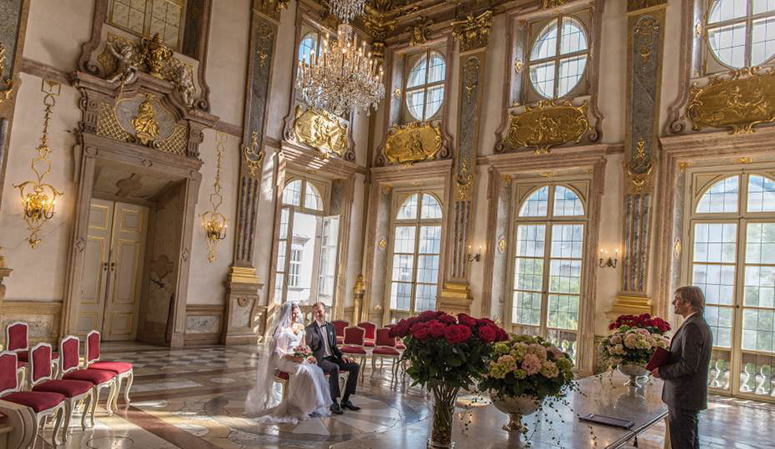
We actually stumbled upon the Mirabell Palace on the “Sound of Music” tour that we embarked on to indulge childhood memories of the musical film set in the late ’30s. We’re incurable romantics who never tire of the love story between Maria and Captain von Trapp.
Little did we know that the Do-Re-Mi sequence was filmed at the gardens of the palace, which turned out to have its own love story as well.
An art collector and builder who promoted Baroque architecture, he used Italian and French models to build the pleasure palace of Salome’s dreams.
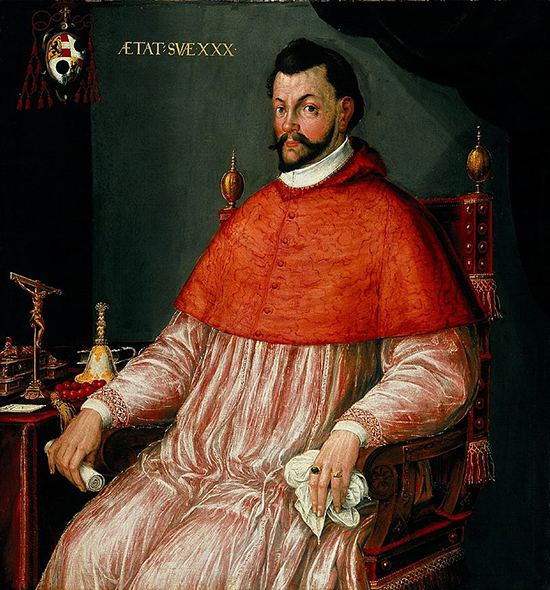
Part of the city’s UNESCO World Heritage site, it was built in 1606 by Prince-Archbishop Wolf Dietrich von Raitenau for his mistress, Salome Alt, “a tall woman and belle of the city” who bore him 15 children. Raitenau worked tirelessly but ultimately in vain to obtain a papal dispensation to marry her but, at least, thanks to Emperor Rudolf II, managed to have their children officially relieved of their illegitimate status.
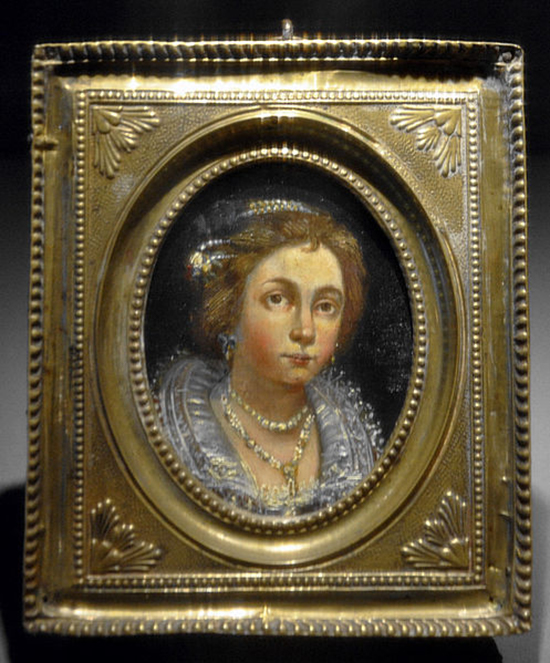
An art collector and builder who promoted Baroque architecture, he used Italian and French models to build the pleasure palace of Salome’s dreams. In 1611, deserted by his cathedral chapter and abandoned by the emperor after a fierce dispute with Duke Maximilian I, he had to flee the Salzburg court but was unsuccessful and was imprisoned for life.
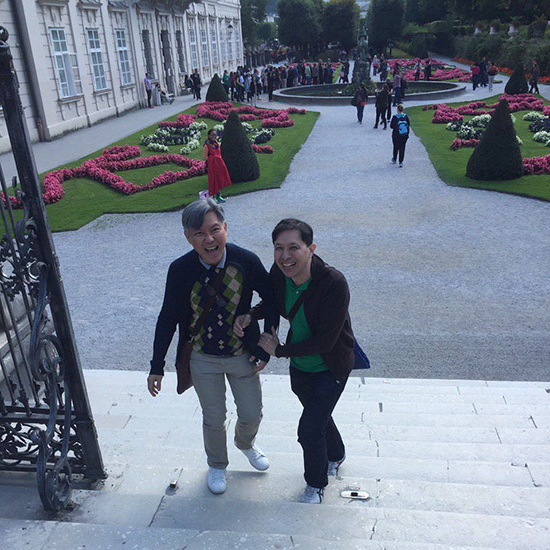
Salome was also arrested but released soon after and retired to Wels. Although they were able to secretly correspond, they never met again. Following her lover’s death in custody in 1617, she dressed in mourning widow’s weeds for the rest of her life.
Petit Trianon of Versailles
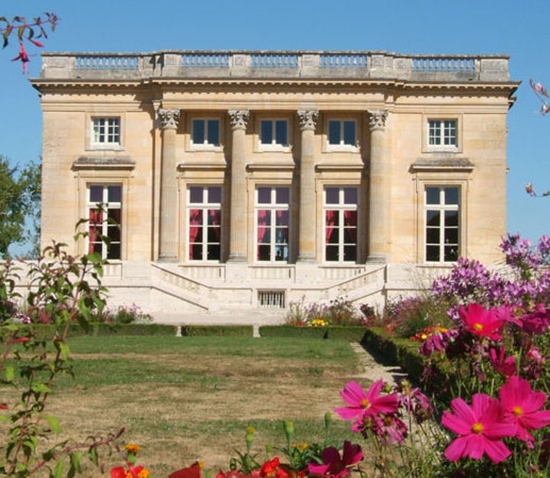
Another palace designed for the pleasures of love is Versailles’ Petit Trianon, built between 1762 and 1768 by King Louis XV of France for his chief mistress Madame de Pompadour. It was a celebrated example of the transition from the earlier Rococo style to the more refined Neoclassical style, befitting a lady who was a patroness of the arts.
It was a celebrated example of the transition from the earlier Rococo style to the more refined Neoclassical style, befitting a lady who was a patroness of the arts.
Born Jeanne Antoinette Poisson, Madame de Pompadour received the best education and became known as Reinette (or “little queen”) after a fortuneteller predicted that she would one day reign over the heart of a king. True enough, she caught the eye of Louis XV during a hunt in the forest of Sénart and was invited to a masked ball where he publicly declared his love for her and later purchased the marquisate of Pompadour to give her an estate and a title.
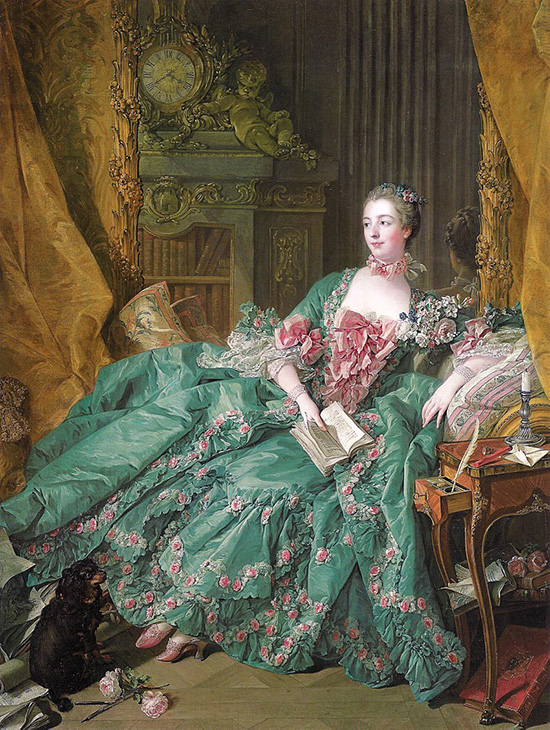
She was able to forge a good relationship with the royal family and became the trusted confidant of the king, wielding considerable influence at court until her death in 1764. Unfortunately, the Petit Trianon was not yet completed by then, so she was never able to enjoy it.

The Kodai-Ji Temple in Kyoto
Kyoto is always a delight because of its temples and gardens but the Kodai-Ji is special because it was named after Kita-no-Mandokoro who established the ornate temple in memory of her beloved husband, Toyotomi Hideyoshi, in 1606.

An aristocrat beauty born as Nene, she had many handsome high-ranking samurai suitors to choose from but fell in love and married the much older Hideyoshi who was from a farming class and called a “monkey” because of his short height and scrunched-up face. No one saw his potential but her. True enough, he rose from stable boy to daimyo and was able to build a castle.
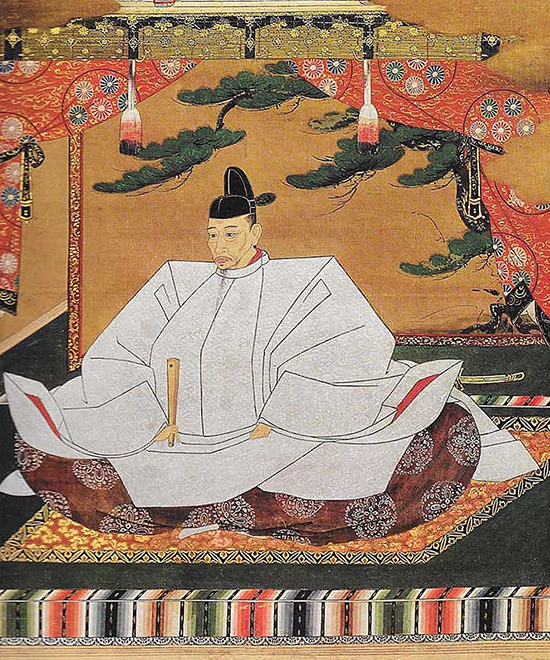
He would take on many concubines with whom Nene would have to constantly compete for his attention but they nevertheless had a good partnership and she gave him good advice to rise in the ranks. Her political status also advanced, gaining her the new name of Kita. Hideyoshi unified Japan and ushered in a golden age of the arts.
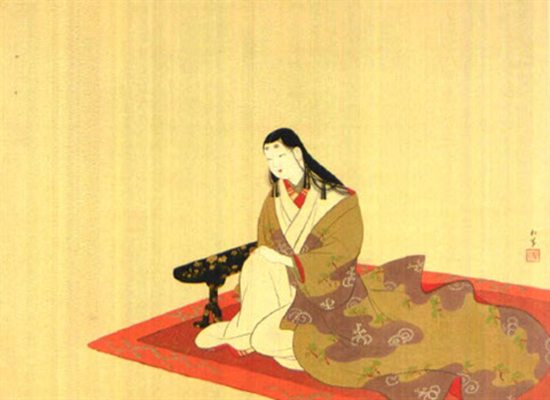
He died in 1598, leaving Kita distraught. Despite his infidelities, she considered him her soulmate and thereupon decided to become a nun at Kodai-ji. Up on the hillside behind the temple is a mausoleum with richly decorated lacquer work, a monument to their great love story.
The Ruins of Negros
The remains of the once-majestic Italianate mansion of sugar baron Don Mariano Ledesma Lacson, built in the early 1900s in Talisay, Negros Occidental, has that air of romance which captivates you at the first encounter.
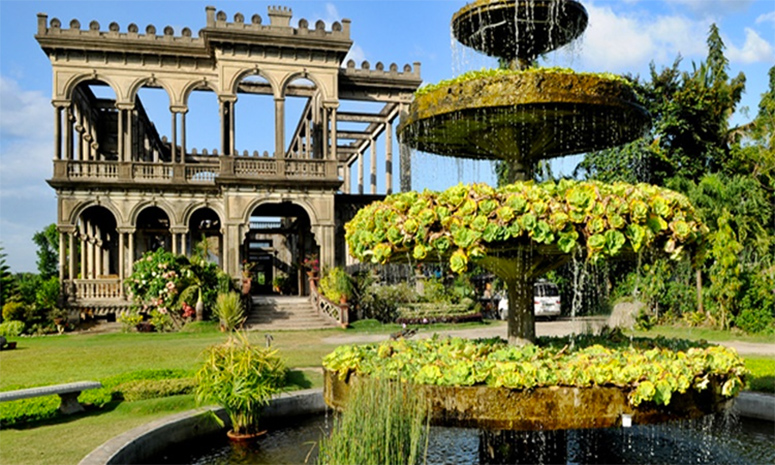
We were even more enchanted when we heard the story of Mariano who built it in honor of Maria Braga, a Portuguese lady whom he met in Hong Kong, fell madly in love with and eventually married. Bringing her home to his plantation, they had a blissful life with 10 children. As was fashionable then, they opted to have an 11th child, but during the pregnancy, she slipped in the bathroom and began to bleed.
With carriage travel then, it was too late to save mother and child who both died by the time the doctor arrived. Mariano was devastated but as he healed his broken heart, he decided to build a mansion in her memory, employing the best materials and furnishings.

As a symbol of their union, multiple double “M”s were molded into the Romanesque columns. The family enjoyed it for many years until World War II when the guerrilla forces were constrained to raze it to the ground to prevent the Japanese from turning it into their headquarters.
Sadly, only the skeleton was left, but it remains an iconic structure to this day where visitors can imagine its glorious days and be inspired by the couple’s love story.



